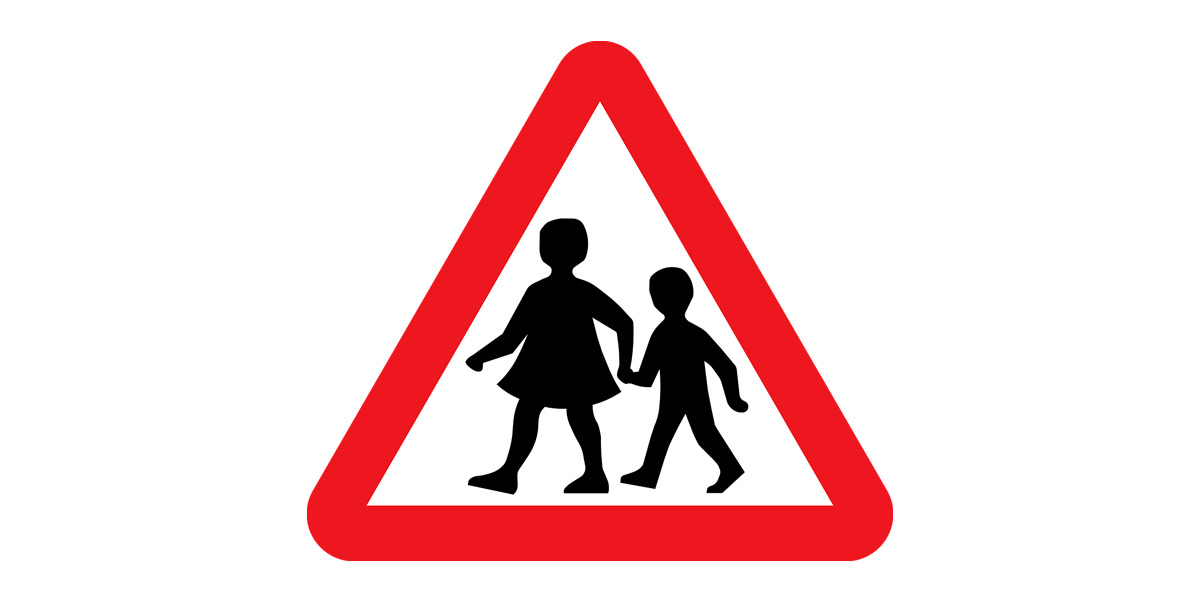By Jamie Ridenhour
Fall is a time of shopping for notebooks and backpacks, meeting new teachers, and reconnecting with friends. Parents should add safety awareness to the list of back-to-school essentials. Schools are still relatively safe environments, but recent incidents make it clear that there are threats that students and parents should be aware of and prepared for with some everyday safety habits.
Start your school safety preparation with a review of travel routes to and from the school. Both parents and students should have a good knowledge of primary and secondary routes to and from the school. In an emergency, main roads could be blocked and it’s good for everyone to know what the alternate route will be. Make sure you are comfortable finding your way without the aid of GPS in case a phone is lost or cell service is not available.
If your student walks or bikes to school, this is a good time to review the safety rules. Walkers should stay on the sidewalk or walk facing traffic if sidewalks aren’t available. Look left, right, and left again before crossing a street and make eye contact with a driver who is stopped or slowing. Ride a bike on the right side of the road with traffic and in a single file. Bikes should be walked across streets and intersections. Whether walking or riding, be sure your student knows to stay alert and avoid distractions.
Practice bus safety rules if your student is riding the bus. Teach your child to stand at least 6 feet from the road while waiting. If they must cross the street when exiting the bus, teach them to walk along the street until they are 10 feet in front of the bus and able to make eye contact with the driver.
Take time to learn the school’s emergency procedures and security protocols. Emergency plans and phone numbers are usually included in school handbooks, websites, and posted in classrooms. Be sure that both students and parents have that contact information, preferably in both electronic and paper format. Also review the current security protocols for your school. Many schools are implementing additional restrictions on what can be brought to school and understanding the rules can save some frustration.
Know and adhere to the school’s security and safety measures, particularly access rules. Visitor sign-in, escort, and identification badge protocols are put in place for everyone’s safety. While they may seem inconvenient at times, following them is a small price to pay for an added level of security sets a good example for your kids.
Discuss the current security measures with your student and make sure they feel empowered to report someone not following the rules. Also let them know that even a funny feeling that something isn’t right is worth paying attention to. Review who they should tell if they see someone or something out of place. Many states have established school safety hotlines that allow students and parents to anonymously report information regarding unsafe situations such as weapons violations, threats, drugs or alcohol, and bullying. Georgia’s School Safety Hotline is a good example. If your state has one, this is another number that you and your student should keep handy.
Security and safety measures can seem boring and cumbersome to kids but try to impress upon your student the importance of paying attention when security protocols are presented. Also let them know that skirting the rules doesn’t impact them alone but makes everyone less safe.
Parents should also pay attention to the school’s safety and security measures. The National PTA website has a very good list of 20 questions that parents can ask regarding their school’s security. Topics cover a wide range, from building security to behavioral and mental health resources.
Bullying and violence are unfortunately a part of the school experience. Be sure your student is aware of what constitutes bullying and how to report it. Electronic aggression is becoming more frequent and is harder to spot. Talk to your child about where they are going on the internet in much the same way that you would if they were going out with friends. Do your own research on the sites they are visiting and the social climate that exists in them. Talk to other parents regarding what they have seen or heard about. These and other great tips are available on the Electronic Aggression Tip Sheet available from the CDC.
Unfortunately, a discussion of school safety isn’t complete without covering the topic of active assailant awareness. While the odds are low that your child’s school will have to deal with this type of occurrence, knowing what to do if it does occur can be lifesaving. The school should certainly be providing training and teachers and students should have plans they know how to enact. Please encourage your student to pay attention and remember what is taught. As we talked about in detail in our Active Assailant Awareness article, “run, hide, fight” is one of the simplest ideas to remember. Run away if possible, hide if you can, and fight the attacker as a last resort.
Attention to school safety not only decreases the chance of physical harm, but also improves the school climate and provides the best opportunity for good educational outcomes. We urge parents to take the time to research the safety ideas mentioned above and, more importantly, discuss them with their students and school staff. Some topics may be a little uncomfortable but just a little more attention, awareness, and preparedness can make a big difference if an event occurs.







